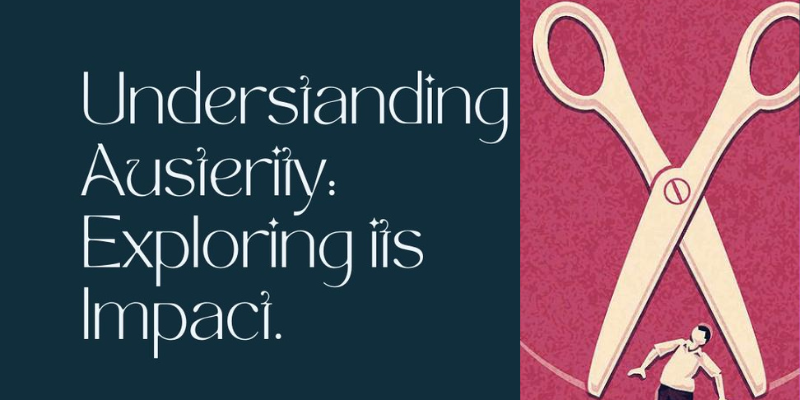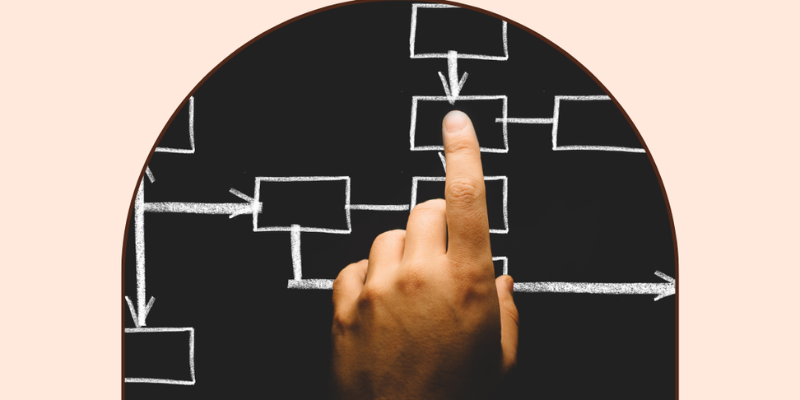Five Key Practices of High-Performing Teams: Insights and Strategies
High-performing teams stand out due to their exceptional collaboration, communication, and shared purpose. They demonstrate distinct behaviours that not only enhance productivity but also foster trust, creativity, and engagement. According to Ron Friedman (2021) in the Harvard Business Review, these teams operate differently because they understand that success is built on strong relationships, authentic communication, and purposeful interactions. By focusing on a few deliberate practices, high-performing teams achieve better results, enjoy higher satisfaction, and develop resilience in the face of challenges. This article explores five essential behaviours that characterise high-performing teams — preference for phone calls over digital communication, strategic meeting management, investment in personal relationships, frequent appreciation and recognition, and authenticity and emotional expression — supported by contemporary research, real-world examples, and leadership insights. 1.0 Preference for Phone Calls Over Digital Communication One of the most striking habits of high-performing teams is their preference for phone calls over text-based communication. Research by Friedman (2021) indicates that high-performing teams make up to 66% more phone calls than average teams. This behaviour may seem counterintuitive in a digital age dominated by instant messaging and email, but it reflects an understanding of the limitations of written communication. Phone conversations offer immediacy, warmth, and emotional connection. Unlike written communication, which can be misinterpreted due to lack of tone or context, verbal interactions allow participants to clarify misunderstandings quickly and express empathy through voice cues. Mehrabian’s (1971) communication model** highlights that only 7% of meaning in communication comes from words, while 38% stems from tone and 55% from body language. Although phone calls lack body language, tone still conveys emotional nuances that strengthen relationships and understanding. In practical terms, many remote and hybrid teams have rediscovered the importance of voice communication. For instance, during the COVID-19 pandemic, teams that relied on phone or video calls reported higher psychological safety and connection than those that communicated primarily via text (Leadership Today, 2024). This underscores the value of verbal interactions in maintaining human connection, especially when face-to-face meetings are limited. 2.0 Strategic Meeting Management Another hallmark of high-performing teams is their approach to meeting management. They recognise that not all meetings are productive, and excessive or poorly structured meetings can drain energy and waste time. Instead of reducing the number of meetings, high-performing teams focus on improving meeting quality. According to Leadership Today (2024), such teams conduct 39% more prework than average teams, ensuring that participants arrive prepared. They begin meetings with check-ins — short updates or personal reflections that promote connection and engagement. This practice not only humanises interactions but also sets a collaborative tone. Meetings are structured around clear agendas and outcomes, ensuring alignment between participants and preventing scope creep. This approach reflects Drucker’s (2007) principle of time effectiveness: “There is nothing so useless as doing efficiently what should not be done at all.” By ensuring that meetings are purposeful, inclusive, and results-driven, teams make better decisions and foster shared ownership of outcomes. For example, in companies like Atlassian and Microsoft, meeting effectiveness frameworks are used to promote accountability — participants leave each meeting with assigned actions, timelines, and metrics. This disciplined yet human-centred approach contributes to both efficiency and engagement, ensuring that team time is spent meaningfully. 3.0 Investing in Personal Relationships High-performing teams understand that strong relationships underpin strong performance. They invest in personal connections by engaging in conversations beyond work tasks, discussing interests, families, and life experiences. According to Widdowson and Barbour (2021), these interactions foster trust, empathy, and belonging — essential components of a supportive team culture. This behaviour aligns with Maslow’s (1943) Hierarchy of Needs, which suggests that a sense of belonging is foundational to motivation and performance. When individuals feel valued as people, not just employees, they are more likely to contribute enthusiastically and collaborate effectively. For instance, Google’s Project Aristotle, a landmark study on team performance, found that psychological safety and interpersonal trust were the strongest predictors of team success. Teams that built relationships outside formal work settings — through social events, informal chats, and mutual support — demonstrated higher innovation and satisfaction levels. Simple actions like team lunches, informal coffee chats, or celebrating birthdays help humanise work relationships. These activities transform groups of individuals into cohesive communities that work together toward shared goals. Ultimately, the emotional bonds formed through genuine connection enhance both resilience and collaboration under pressure. 4.0 Frequent Appreciation and Recognition Appreciation and recognition are powerful motivators, and high-performing teams excel at expressing them frequently and sincerely. Research by Widdowson and Barbour (2021) shows that appreciation is not limited to formal rewards but includes informal expressions of gratitude and encouragement. When team members feel seen and valued, they are more engaged, loyal, and productive. Recognition reinforces positive behaviours, boosting morale and strengthening the team’s sense of purpose. According to Herzberg’s (1968) Two-Factor Theory, recognition is one of the most significant motivators in the workplace, enhancing job satisfaction and reducing turnover. Modern organisations such as Salesforce and Deloitte have institutionalised peer recognition systems, enabling employees to acknowledge one another’s contributions in real time. These gestures create a ripple effect of goodwill and support, sustaining a culture of respect and motivation. Moreover, appreciation fosters reciprocity and cooperation. When individuals receive recognition, they are more inclined to extend support and encouragement to others. In essence, a culture of appreciation cultivates psychological safety, making teams more cohesive and engaged. 5.0 Authenticity and Emotional Expression Authenticity is at the heart of trust and effective teamwork. High-performing teams encourage members to express genuine emotions, including frustration or disappointment, without fear of judgement. According to Leadership Today (2022), authenticity fosters emotional openness, allowing teams to address challenges directly and constructively. When individuals feel safe to be themselves, creativity and innovation thrive. Research by Edmondson (2019) on psychological safety demonstrates that teams where members can speak openly about mistakes or concerns are more adaptive and resilient. Suppressing emotions, on the other hand, leads to disengagement and burnout. A case in point is the leadership approach of Satya Nadella, CEO of Microsoft, … Read more










